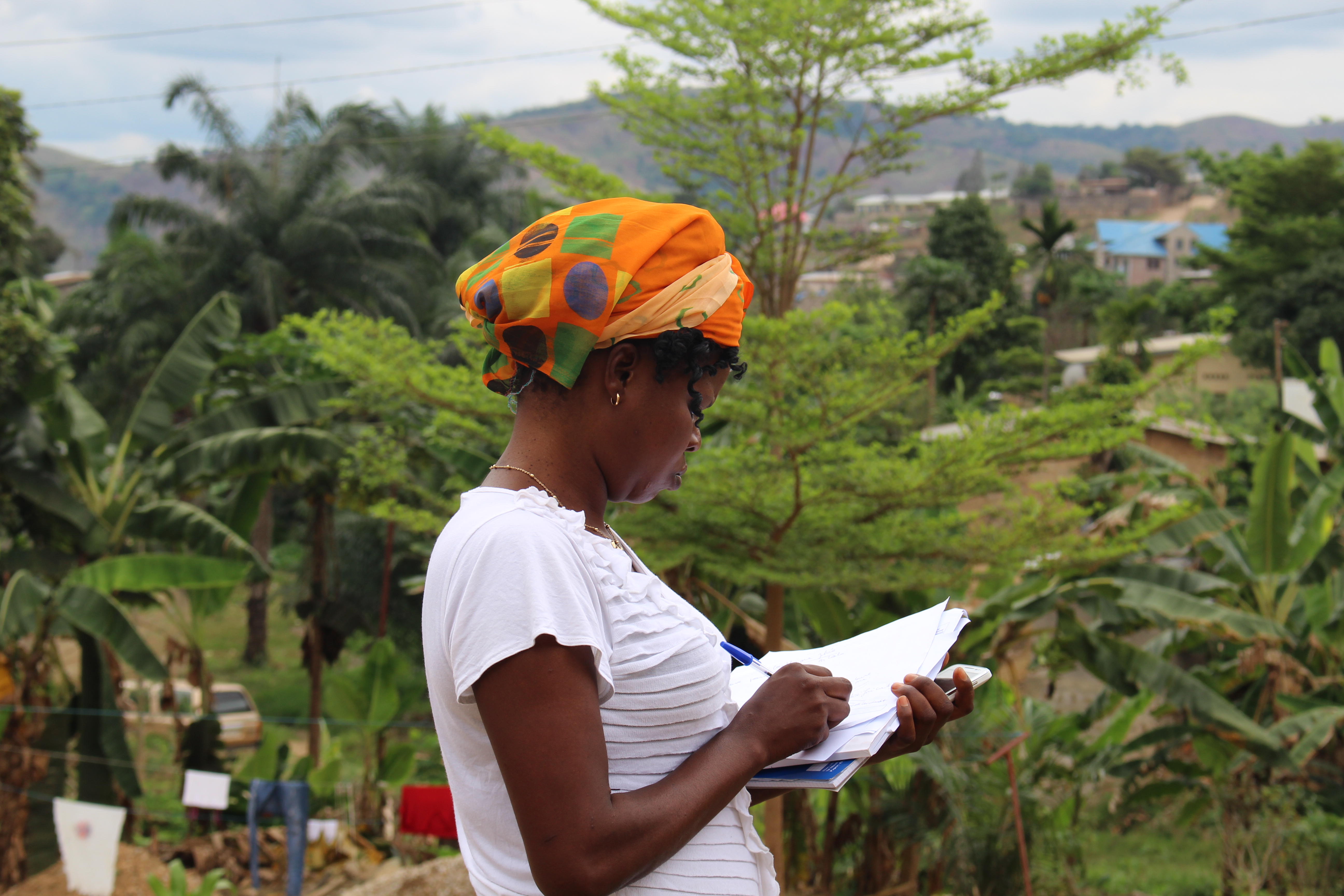
YouthPower Learning, at the request of USAID/Democratic Republic of Congo (DRC), designed an Integrated Youth Education and Training activity. The purpose of the activity is to engage select youth in target areas in the Kivu provinces to provide them with the skills and experience to become active citizens with a vision for their own future and that of their communities. The activity design included a desk review to initiate a research- and evidenced-based process that guided the approach of the Integrated Youth Education and Training program. The desk review examined literature relevant to youth in the DRC across a multitude of sectors: education, economic opportunity, civic engagement, health, conflict and stabilization, humanitarian assistance, and positive youth development. The process incorporated concepts and principles related to Positive Youth Development, and outlined how key features of this approach can be incorporated into the program. The desk review was followed by a rapid field assessment activity in February 2017. During this assessment, research teams in Bukavu (South Kivu) and Goma (North Kivu) held a total of 16 focus group discussions with more than 150 youth between the ages of 18 and 24 who represented different youth segments.
The following two reports summarize the key findings from both the desk review and field assessment.
Report: Overview of Youth Development Perspectives in the Eastern Democratic Republic of Congo
The “Overview of Youth Development Perspectives in the Eastern Democratic Republic of Congo” summarizes the context, challenges, and opportunities related to youth development in the eastern part of the Democratic Republic of Congo (DRC), focusing on South Kivu and North Kivu.
The DRC’s burgeoning youth population faces poor employment opportunities as a result, and the youth assessment conducted in February 2017 found that finding formal employment is the number one priority for youth in eastern DRC. While traditional agriculture may offer a source of income for some youth, it is often seen as undesirable. More youth are migrating to urban centers to find economic opportunities, and self-employment, including illicit activities, are likely the most viable form of opportunity for young people in the area.
Other challenges that young Congolese face are a devastated education system, with gender inequalities, family disruptions, and economic hardship contributing to exclusion from school for many young people. The quality and relevance of education programs for older youth remains questionable; there seems to be little attention to providing youth with relevant skills for preparing them for the workforce.
Considering the enormity of these economic challenges, youth in eastern DRC are socio-economically distressed and also, to a large extent, disenfranchised. Girls and young women are particularly discouraged from joining in civic participation. Poor access to health services, transportation infrastructure, and technology were other factors that affected youth’s physical and mental well-being.
Some of the bright spots in terms of development in the eastern DRC are the scores of local NGOs, CBOs, and faith-based organizations providing integrated programming to youth. These organizations play an important role in connecting youth with education, psycho-social support, and community-based activities.
In spite of the many obstacles, youth in the eastern DRC demonstrate enormous energy, entrepreneurialism, and desire to engage in their economies and societies. They express a will to improve their own circumstances and that of their families and communities. At the same time, there is a robust network of experienced and dedicated civil society organizations and an enormous international aid presence in eastern DRC with the capacity to support youth development through their sectoral programs.
Evidence Review of Cross-sectoral Youth Development Approaches in Conflict-Affected Environments
The “Evidence Review of Cross-sectoral Youth Development Approaches in Conflict-Affected Environments” provides a rapid synthesis of existing evidence related to cross-sectoral youth programming in conflicted areas. The review scanned available global literature and focused on youth development interventions most closely associated with stabilization-oriented activities, such as youth education, employment, and civic participation. Key findings included:
- Youth are less likely to display violent behavior when they have access to decision-making opportunities to exercise agency.
- By providing positive pathways for youth development, cross-sectoral PYD approaches show promise for achieving outcomes across a variety of sectors.
- Single-sector youth interventions in conflict-affected areas should be approached with careful consideration. Education has an important role to play by promoting youth inclusion, socialization, social capital, and social benefits.
- While youth employment programs have been shown to improve employment status and incomes, there is limited evidence linking youth joblessness with their propensity to engage in violence.
- Civically engaged youth have been found to be more supportive of armed opposition groups, not less so, when civic engagement programs are not paired with meaningful governance reforms.
